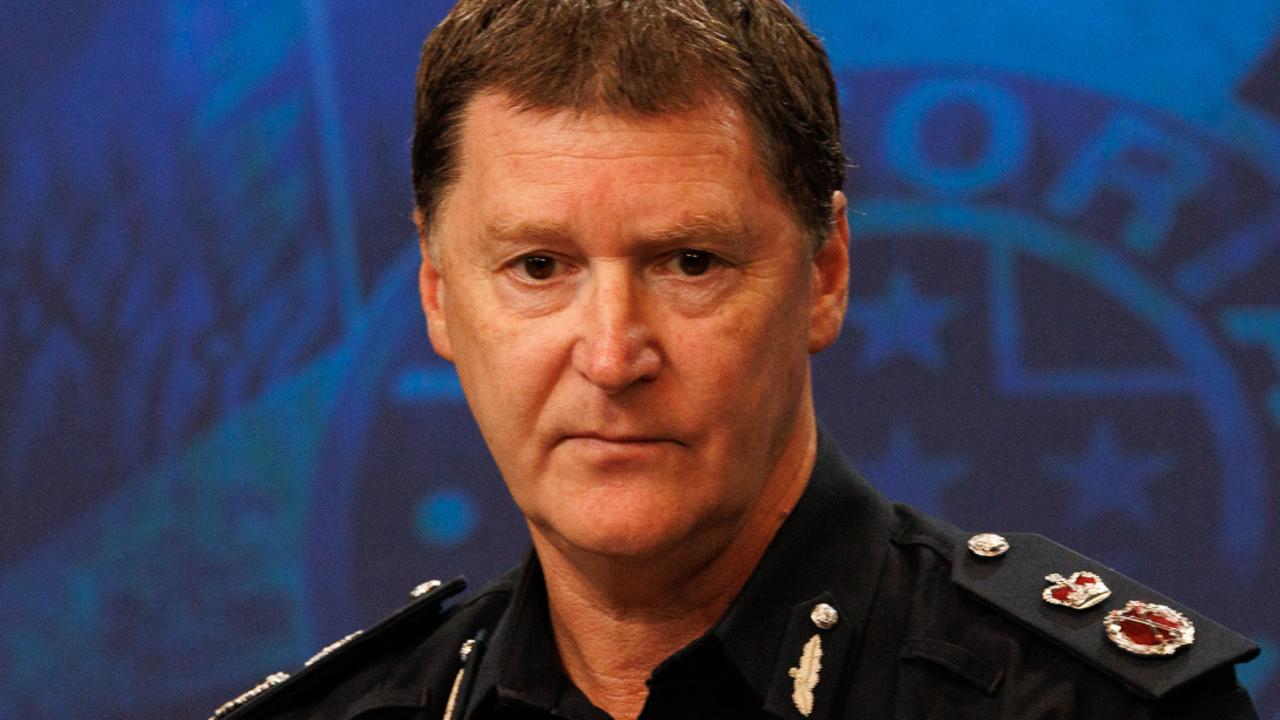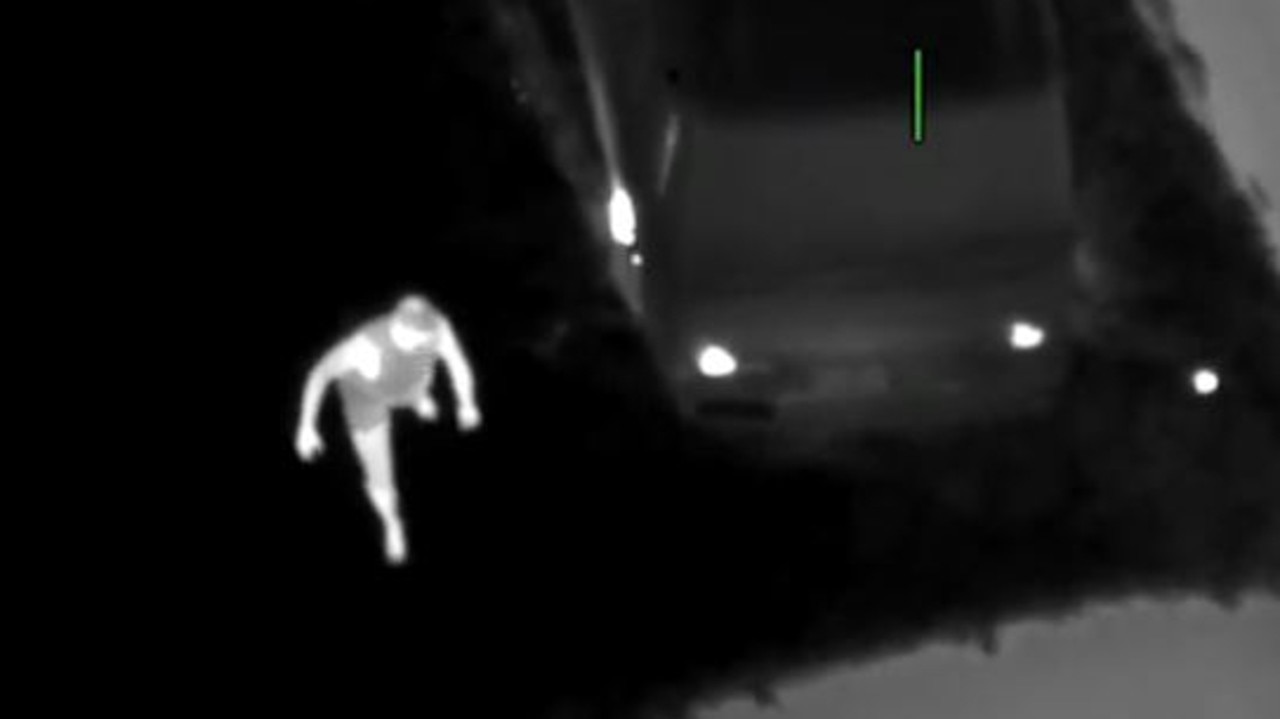Australian Criminal Intelligence Commission wastewater reports reveal surge in cocaine usage in Melbourne
Analysis of Melbourne wastewater has revealed cocaine use has surged by 300 per cent in seven years as sources reveal stories of affluent business figures still driving a chunk of the market.
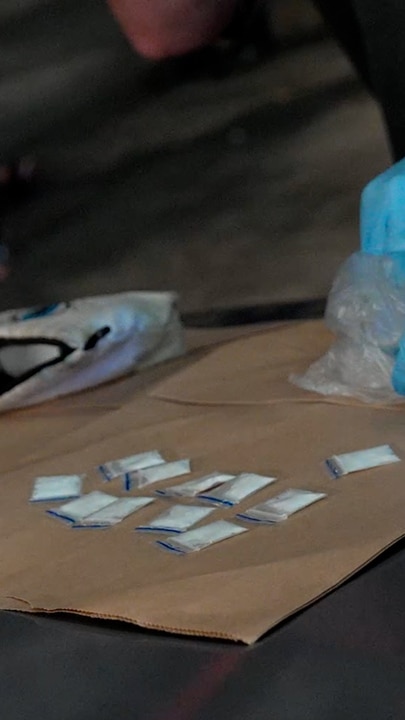
Police & Courts
Don't miss out on the headlines from Police & Courts. Followed categories will be added to My News.
Cocaine use in Melbourne surged by 300 per cent in seven years as the state’s spending on the drug pushed past an estimated $1 billion.
The explosion in cocaine use has been exposed by an analysis of Australian Criminal Intelligence Commission wastewater reports, which began in 2017.
The increase was even greater in the state’s smaller regional markets where a nine-fold consumption increase was posted in seven years.
At that point, the ACIC data put the Melbourne average at just over 200mg per 1000 people each day.
It has been at beyond 800mg per day in Melbourne for the past four consecutive quarters, peaking at almost 1200 in the December 2023 figures.
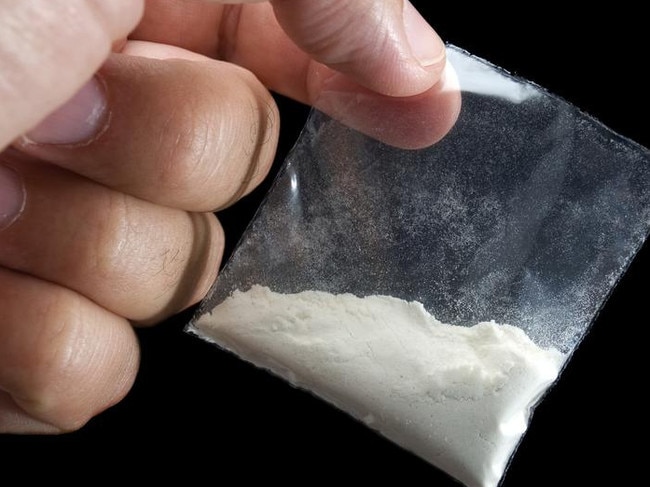
ACIC principal adviser for drugs Shane Neilson said total Victorian consumption was now likely to be above one tonne each year, which contradicted the “Hollywood” perception of the drug only being used by people from higher socio-economic backgrounds.
Mr Neilson confirmed the volume of coke used in Melbourne had roughly tripled and that an even larger spike had been registered in country areas.
“If you look at Melbourne back in August, 2022, it’s between two and three doses per 1000 people, whereas in April, 2024, it’s up around nine doses per 1000 people, so it’s increased at least three-fold during that period, and in the same time in regional Victoria, it’s increased about nine-fold,” he said.
The potency of some cocaine being sold at street level is being dangerously increased by it being cut with synthetic opioids, the Penington Institute has warned.
Four people died at a house in Broadmeadows in June after overdosing on what are suspected of being nitazenes which may have been sold as or in cocaine.
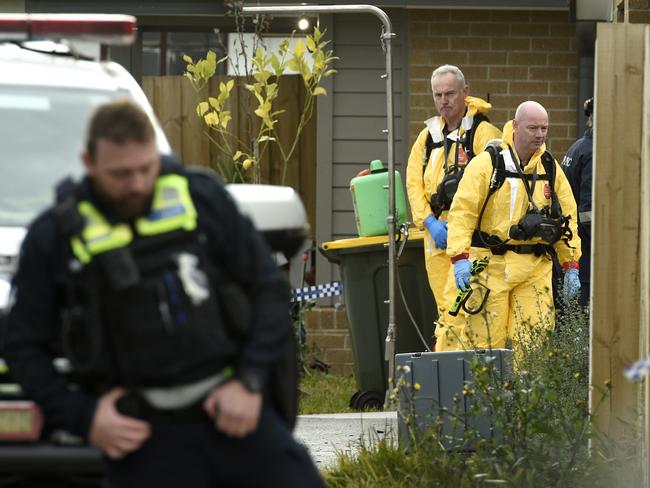
Penington Institute said the National Drug Strategy Household Survey showed 1.6 per cent of Victorians had used cocaine in 2007.
The figure was 5.3% in 2022-23, slightly above the national average.
Although plentiful supply has meant a broader use of cocaine, a large chunk of the market continues to be affluent figures from the business and professional worlds.
Among them are household name rich-listers, political identities, top sports figures, prominent names from the entertainment business and high-profile influencers.
One panicked media industry figure recently had to do a rapid U-turn at international departure scanners after remembering he had cocaine in his pocket.
A source said a group of CBD bankers had regular Friday afternoon whip-arounds to kick off the weekend.
“It’s like they’re ordering off the menu at McDonald’s,” the source said.
It is not secret in business circles that a well-known tycoon had spent a fortune on the drug over the years.
“He’s a fiend,” a source said.
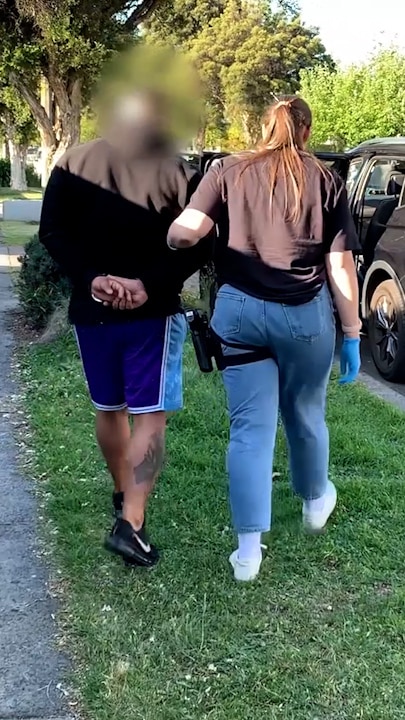
In one recent bust, cocaine worth $40,000 was thrown from the window of an apartment tower during a police raid.
It landed at the feet of other investigators waiting below.
All cocaine in Victoria is imported from interstate or overseas, unlike other drugs like meth which criminals can manufacture locally.
A Victoria Police spokeswoman said cocaine was often one arm of the illegal activities and trafficking operations run by bikie gangs.
“Often these syndicates will also be involved in the supply of other illicit drugs including methamphetamine, heroin and cannabis, and there is a strong established link between illicit drugs and the use of firearms,” she said.
The spokeswoman said while people with more money typically used the drug more often, the wider public still felt its impact in other things such as drug driving and drug-fuelled violence.


